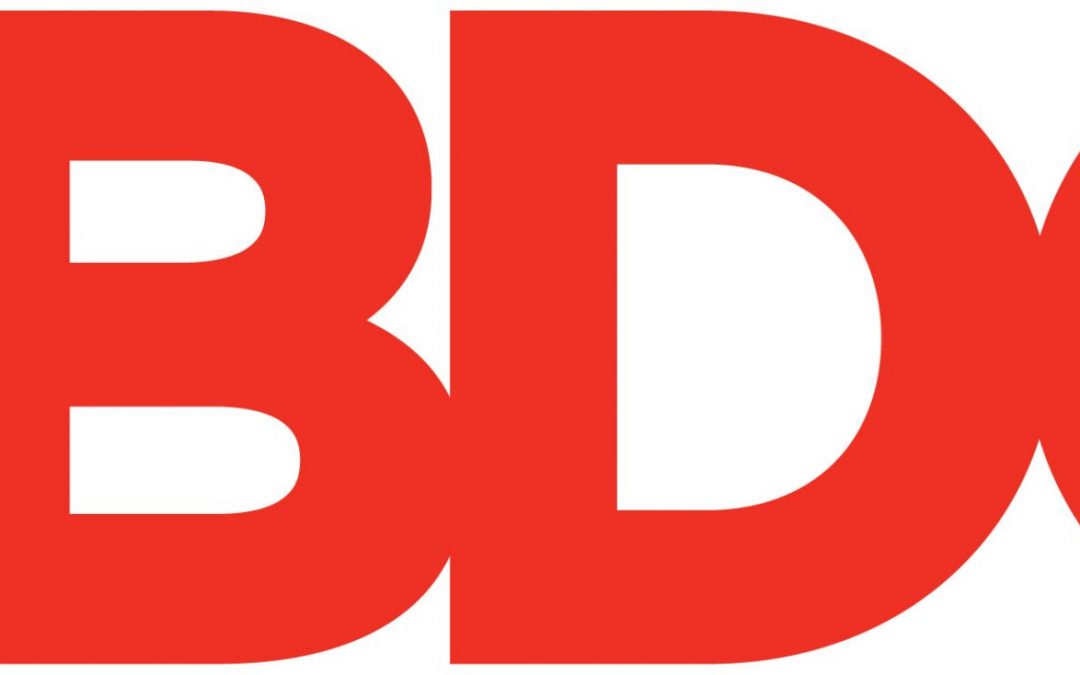
Agile Marketing – How to make it really work for you
Agile Marketing? What does that mean? How to make it really work for me? Well, given the hype around scrum and agile project management it would not take long until marketing operations would be identified as an adjacent area to deploy the methodology – after application development. But how do we set up the marketing organization to become “agile ready”?

Traditional structures of marketing teams
There are many approaches to marketing operations and the way we structure our teams. A common one is set up a specific team for each target group or each product group. Within each team, the different disciplines are represented. From classic advertising (previously “above the line”) where we have experts who can organize photo shootings and TVC production to print and online experts. Alternatively, we would structure our organization around different disciplines. We have a strategy team that would analyze target groups, develop product propositions, and would define a production request that, in turn, is being picked up by a production team, comprised of our execution experts. In my career I have worked with both setups successfully.
Advantages of agile marketing vs. traditional organizational set ups
The above mentioned “traditional setups” represent the “waterfall” logic used in application development. In marketing that means that we have to detail every project down to the last story board and copy. There is no room for flexibility down the line. In many cases, the production of a campaign creates opportunities for improvements down the line. How a friend of mine who is now successfully managing a global brand in the cosmetics industry once said, “better is the enemy of good” (do not know if you can say that in English, actually. But you will get the point). The scrum process plays out its full strength when end products are not entirely clear and may be subject to change along the way. Or when results are expected quickly and there is not a whole lot of time for endless detailing and preparation. In the fast paced online and social media world of today, speed if of the essence. Furthermore, many marketing organizations, especially smaller teams, are comprised of “marketing generalists” rather than specialists. Agile marketing seems to be able to create substantial value, if applied correctly.
I read a blog post on workfront.com outlining that “agile marketing is a tactical marketing approach in which marketing teams collectively identify high-value projects on which to focus their collective efforts”. Well, I think that is exactly what agile marketing is not or at least should not be. When you buy into agile, you do not just run a specific “high value” project following the scrum guide. You change the day-to-day operations of your marketing department. Entering half-heartedly into scrum has never worked. It requires a shift in mind set. You cannot run some projects agile and others using a waterfall approach.
What does agile really mean for a marketing department?
A core artifact of scrum is the product backlog. The backlog is a living and breathing document. While in application development, the backlog usually focusses on a specific product, in a true agile marketing environment, you are producing output every day, and along many products in parallel. If you are looking at a holistic 360° campaign, for instance, you would work on a campaign proposition, a TVC, print ads, social media campaigns and so on. In parallel you would do daily work in other online channels like SEO/SEA. So how do you go about the backlog? Would you just place the campaign in the backlog? I believe you should not. You should place all activities of the marketing department in the backlog. You prioritize and have the team draw the most important PBIs (product backlog items) during each sprint planning event. Just like in application development, you have to set up and staff all relevant roles. You need the team, the scrum master, and the product owner.
Who takes which role in agile marketing?
One of the most critical issues in scrum is what to do with the line managers. What role does the head of marketing play? What about product managers and the heads of, say, PR and MarCom? They are stakeholders, of course. But do they actively participate in agile marketing? Apart from sitting in sprint reviews, they could also take on other active roles. The head of marketing in a smaller company could act as the product owner. He or she envisions the product and manages the backlog. In larger organizations, they would probably remain stakeholders and participate on a regular basis in scoping and review workshops. What about the scrum master? Who is he or she? Just like in application development, the scrum master role can be filled by a team member. This, in turn, would mean that the scrum master could be a marketing manager. He or she needs to be focus on the duties of the role and can only contribute to content development in a reduced way. It would make sense to train an experienced team member to become the scrum master.
Can the head of marketing take on the role of the scrum master?
Most certainly not. The head of marketing is accountable for the delivery of end products. According to the scrum guide, the scrum master is the “process owner” – not the product owner. Because of his or her accountability, he/she would always try to pressure or at least steer the team in a certain direction. That is understandable, but that is exactly the reason why he/she cannot play the role of the scrum master. That role needs to ensure adherence to the scrum process. And that includes protecting the team against the product owner, if necessary. Both roles, scrum master and product owner, have opposing duties.
Product owner or product manager?
I have often wondered about the naming of the roles in scrum. To me, quite frankly, the product owner is what we used to call the product manager (PM). All the requirements outlined in the scrum guide match the role of what used to be the product manager. He or she needs to understand the product, design the proposition, define the features, and align with the stakeholders. The product manager, like for example in the FMCG industry, does exactly that. The only difference really is the management of the production process. The PM has individually lined up production, budget, sales efforts etc. And that has not changed to date. Furthermore, a deep understanding of target groups, user preferences and the likes were a key part in the day to day work of the PM, just as it is today for the product owner. If product managers exist in an organization, they can adapt their roles and become product owners. To avoid conflicts, a “chief product owner” should be installed to ensure prioritizations are set right.
The team
Today, social media and digital have become more important than ever. In the past, many activities were outsourced to specialists and agencies. In digital, many companies have turned to inhouse production once again. Be it video content or other personalized messaging through email and other channels. To be quick in your response to changes in the market space, inhouse beats agency service. This allows for the creation of a backlog with lots of tasks, many of them recurring and many of them not related to overarching projects. A team of dedicated marketing managers, online specialists, and video producers can seamlessly work together as an agile team – and profit from all aspects of scrum.
Managing the backlog
In the scenario of a true agile marketing team, the backlog is the marketing plan. There have been marketing plans for as long as marketing exists. The product owner has to translate the high-level marketing plan into a backlog. He or she has to detail all the items by creating a marketing-specific version of epics and user stories. An epic in the context of agile marketing would be a print campaign. A user story, in turn, could be the photo shooting. If we follow that logic, we can translate the entire marketing plan easily into a scrum backlog. Furthermore, a key aspect of scrum, the collaboration of different skill sets within the team is played out effectively with the video expert, the social media expert, the print expert etc. A heterogeneous team can leverage its strengths fully in scrum.
Summary
Agile marketing following the scrum methodology can create tremendous value to small and medium sized marketing teams. When results need to be produced fast and not all details are clear right from the start scrum can deliver the goods. If the team consists of generalists or specialists, agile marketing can be applied to both. It is, however, a complete shift in mind set and can only be applied to all day-to-day operations – not just for single (“important”) project. It is an “all in” approach. Buy in and active participation (in smaller organization) from the head of marketing is of the essence.






